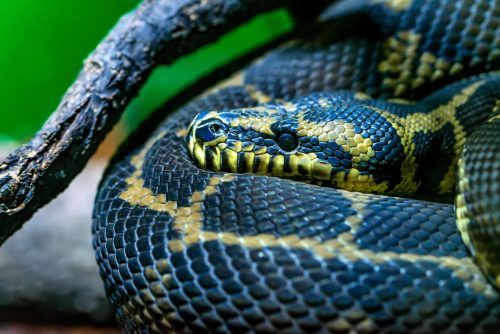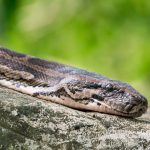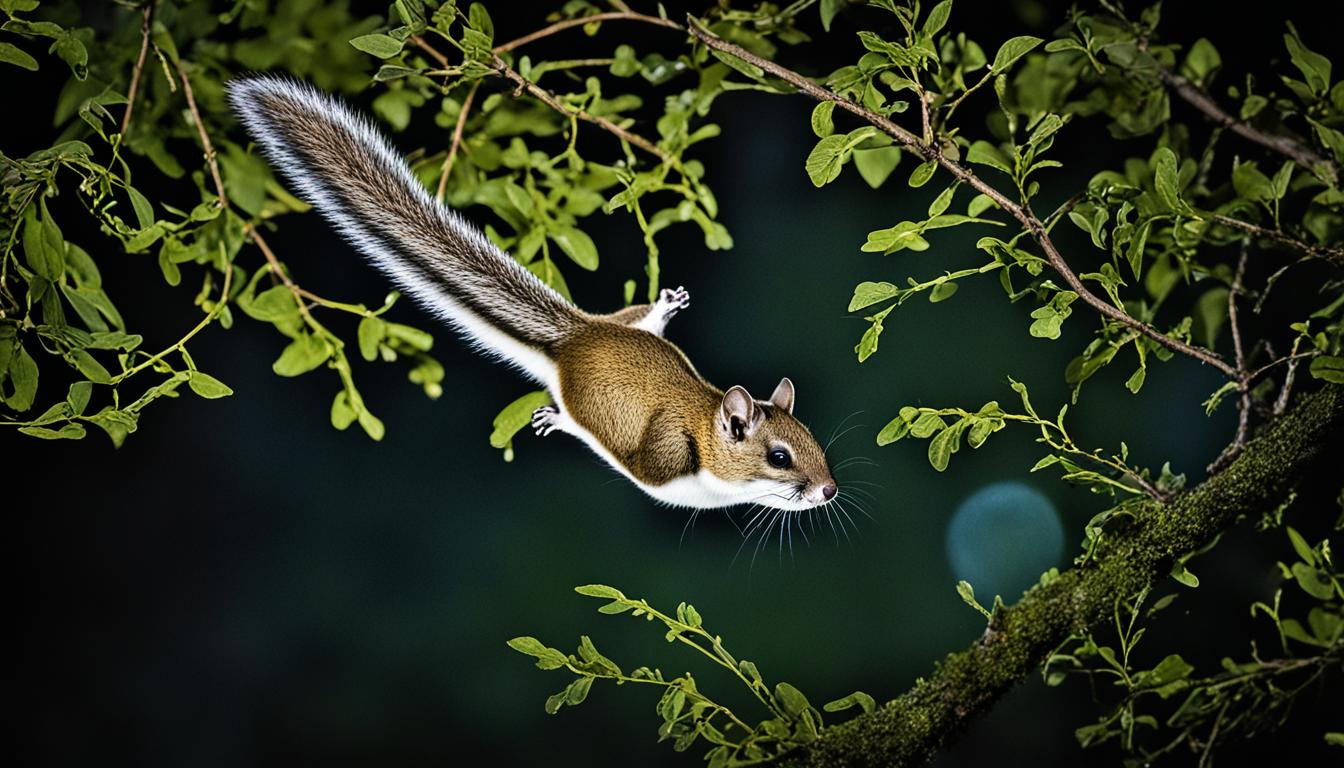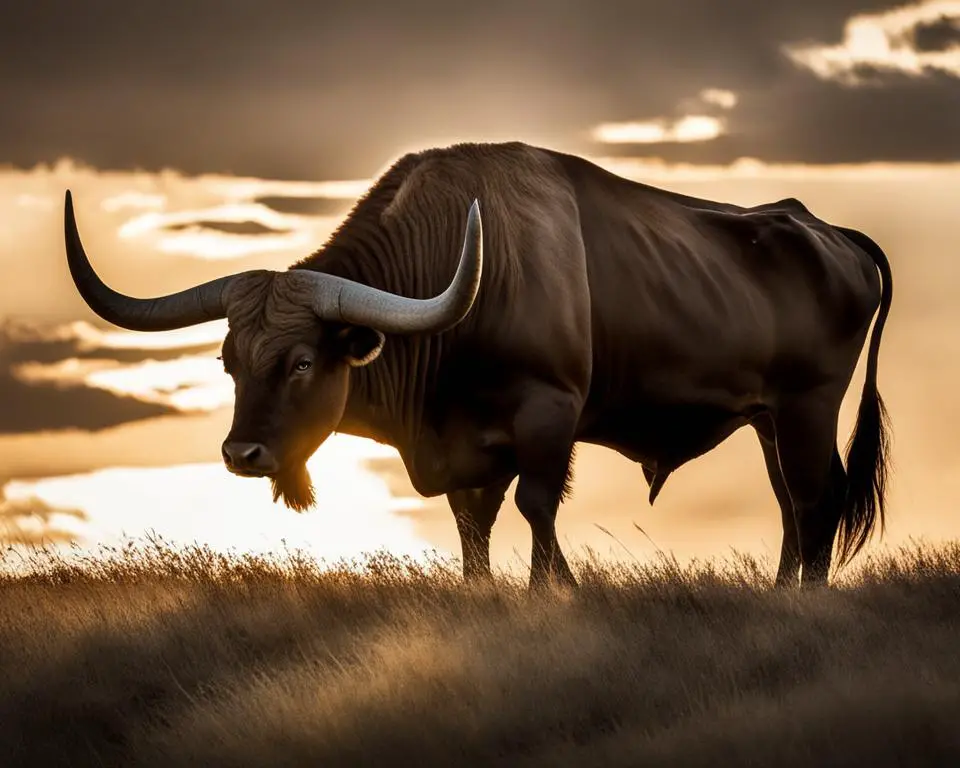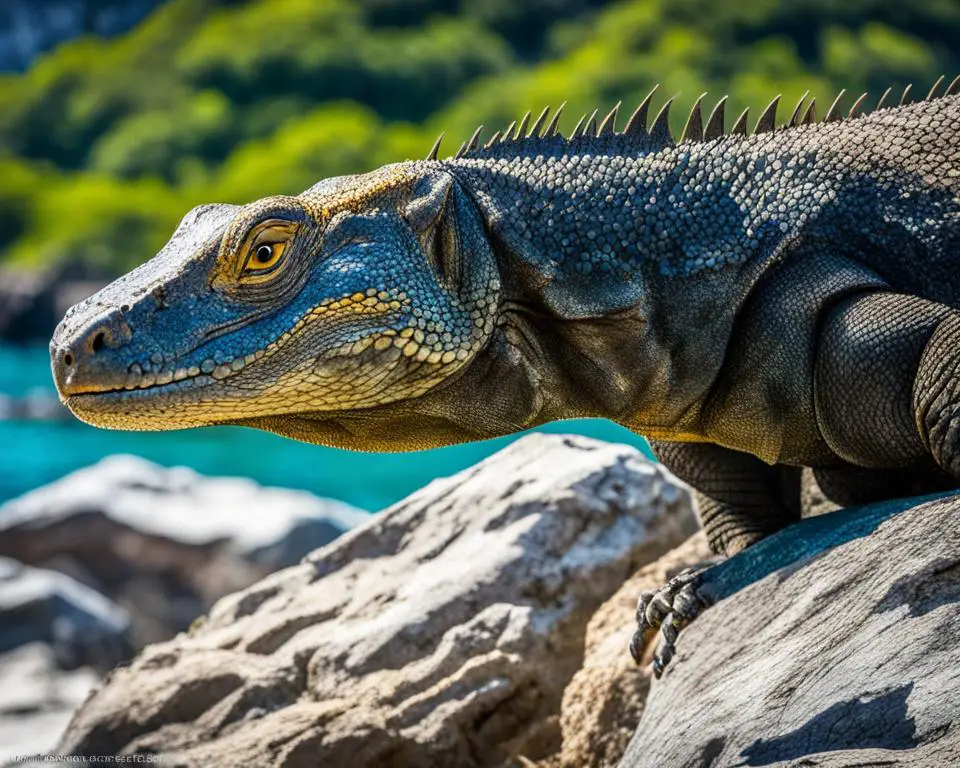These olive-green anacondas have dark oval patches on their spines and matching spots with yellow centers on their sides. Their belly scales are yellow and black. They also have two dark lines angling toward their mouths from their eyes. Their color and pattern act as camouflage, allowing them to blend in with their habitat’s damp, dense flora.
Anacondas have a natural affinity for water. To help animals see and breathe when swimming, their nose and eyes are positioned on the top of their heads. Anacondas that dwell in flood-prone locations must either find water or burrow into the mud during the dry season.
Because of their size, fully grown adult females have few predators. Juveniles and males, on the other hand, must defend themselves against predators. Burrowing into the mud or withdrawing to water are two ways they can get away. When cornered, they curl up into a ball to protect their heads while also gaining the potential to strike.
The anaconda eats a variety of prey according to its size, with smaller individuals preferring alligators and other vertebrates such as turtles and birds, and even climbing trees to attack bird nests. The larger anaconda snakes hunt on huge animals such as deer, capybaras (giant rodents), tapirs, and even full-grown brer caimans and jaguars. They are also cannibalistic, with females frequently feasting on the smaller male anacondas. They also assault and eat animals or pets such as sheep and dogs, and these enormous constrictors have been known to attack humans in rare circumstances.
Can A Snake Climb A Tree?
Snakes use muscles that are uniformly distributed throughout their bodies to climb up trees. They ascend by wrapping themselves around a tree trunk. The force animals use to climb up can be three times greater than the force required to climb up, yet they do so merely to ensure that they will get to the top of the tree and stay there.
Why is it the case? The rationale is most likely simple: they want to ensure that they stay out of reach of their natural predators and that they can discover and catch prey that is frequently found among tree branches for many snake species. Snakes are unlikely to be harmed if they fall from a tree, but they nevertheless want to ensure that this does not happen – just to be safe from any predators that may be lurking below.
Climbing up is difficult — you may recall attempting to climb up the rope in the gym in high school. When it concerns snakes, though, the effort is worth it. As previously stated, some animals utilize their claws (cats), while others use their limbs (dogs) (monkeys). A snake can climb up a tree by wrapping its entire body around it.
Some snake species live their whole lives in trees, while others spend time in trees as juveniles to avoid predators but spend the majority of their adult lives on the ground. Climbing styles differ from one species to the next, but as previously said, they employ a lot of muscular force to go up – far more than is required.
Do Anacondas Hang From Trees?
Anacondas spend the majority of their time in the water or caves along riverbanks, but they have a reputation for climbing trees in search of prey. It all depends on the size and physical appearance of the snakes. Anacondas are very big and they just go on trees and hang themselves and wait there for their prey. Hanging is also one of their favorite things to do for them.
Can Poisonous Snakes Climb Trees?
Most dangerous snakes do not climb, according to popular belief, therefore if you find a snake in a tree or even on a roof, it’s either a friendly tree snake or a python. It’s easy to see where the misconception that climber snakes are non-venomous came from, given the abundance of non-venomous pythons that also like to climb.
Can An Anaconda Swim?
Anacondas can be found in tropical rivers and swamps, as well as rainforests and grasslands. According to the San Diego Zoo, they flourish in the rainforest’s heat, humidity, and dense foliage.
They spend the majority of their time swimming or hiding in murky, slow-moving rivers and streams. They bask in the sun on branches that dangle over water, which they may easily enter if necessary.

